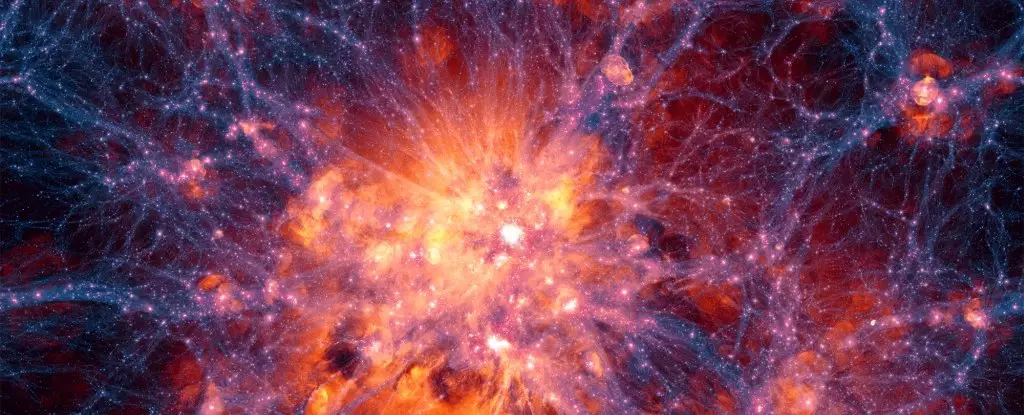Dark matter remains one of the most profound mysteries in modern astrophysics. Despite comprising approximately 27% of the universe, its nature continues to elude researchers worldwide. Recent advancements at the University of Southampton in the UK could potentially change this narrative, as physicists are preparing to deploy a novel detection apparatus that promises to search for dark matter anomalies. As physicist Tim Fuchs candidly notes, “Dark matter remains one of the fundamental questions scientists are still trying to answer – it dictates the structure of our Universe but is still undetectable.” This experimentation could address a significant gap in our understanding of the cosmos and dark matter’s elusive properties.
The rationale behind searching for dark matter stems from an apparent paradox observed by scientists: the visible matter in the universe, including stars, planets, and galaxies, is insufficient to account for the gravitational forces at play. Observations show how galaxies spin; their peripheral stars move at velocities that defy expectations based on the mass we can see. This inconsistency suggests that a substantial amount of mass, which we cannot observe directly, is holding these celestial bodies together. This unseen mass is hypothesized to be dark matter, existing in a ratio of approximately six to one compared to ordinary baryonic matter.
This discrepancy prompts essential questions about the composition of the universe and our understanding of physics. If dark matter interacts only gravitationally and doesn’t emit light, how can we detect it? This quandary leads researchers, including Fuchs and his team, to explore innovative approaches that push the boundaries of existing techniques.
To address these challenges, the Southampton team is focusing on a groundbreaking method: levitating sheets of graphite in microgravity. Scheduled to launch aboard the Jovian-1 satellite in early 2026, the experiment involves positioning graphite between magnets that are sensitive to minute forces. The absence of gravitational interference in space means the experiment can potentially measure even slight interactions that suggest dark matter’s presence. Fuchs posits that if dark matter exists in sufficient density, it could impart a gentle force on the levitated particles, which would be a historic first in the direct detection of dark matter.
By studying how these particles respond, this experiment aims to establish whether a ‘dark wind’ arises from dark matter interactions. Such testing could offer insights into one of the universe’s most perplexing components and further elucidate how it shapes cosmic structures.
The Jovian-1’s mission encompasses an array of experiments designed not only by Southampton’s physicists but also by students from the University of Portsmouth and Surrey University. The collaborative approach integrates fresh perspectives and innovations into the research, promising a diverse exploration of cosmic phenomena. Regardless of the outcome, whether a successful detection of dark matter or null results, valuable data will be gathered throughout the satellite’s two-year operation in orbit.
Fuchs emphasizes the importance of understanding dark matter’s interactions. He refers to theories suggesting that high interaction rates may prevent dark matter from penetrating Earth’s atmosphere altogether, which may explain why terrestrial experiments have previously yielded inconclusive results. Hence, probing the cosmos directly may unveil the secrets that have thus far escaped detection.
As preparations for the Jovian-1 satellite proceed, the scientific community remains watchful for outcomes that might redefine our understanding of dark matter. The potential for fresh discoveries from the Southampton team’s innovative methods cannot be understated. They exemplify humanity’s unwavering curiosity and commitment to unraveling the cosmos’ complexities. The quest for dark matter detection is not merely an academic pursuit but a fundamental part of our journey to comprehend the universe’s laws and the nature of reality itself. As we look to the stars, each new experiment brings us one step closer to demystifying the unknown elements of existence.



Leave a Reply